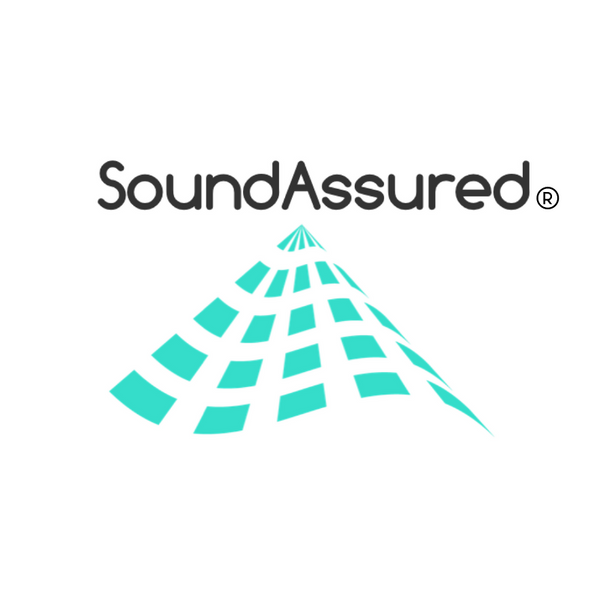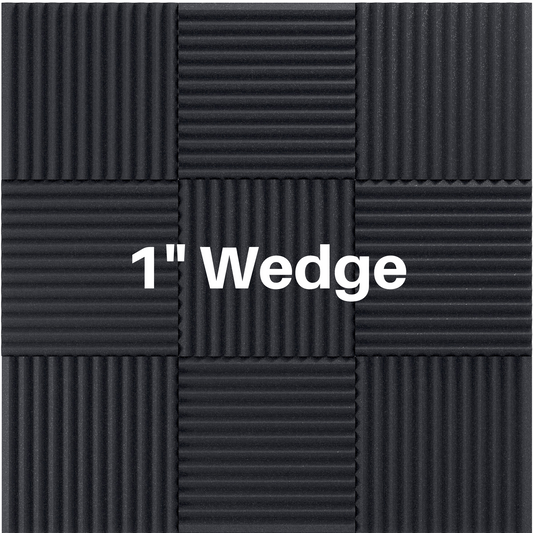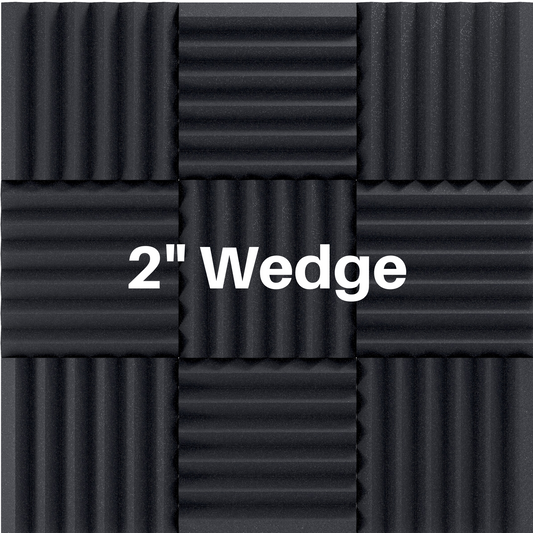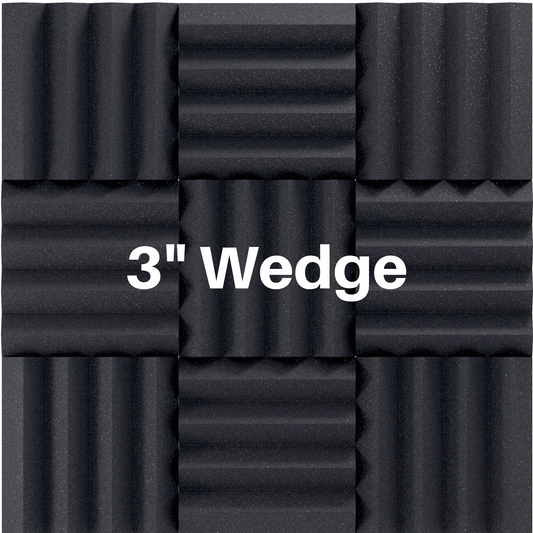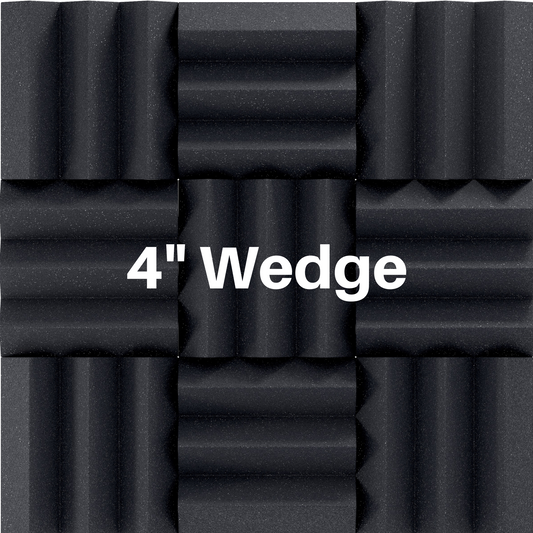How Decibels Work
Share
Have you ever been curious about how sound is measured? Well, one way sound is measured in units called decibels (abbreviated to dB). In this post, we'll take a look at how decibels work and how they're used in the real world.
Where does the word decibel come from?
The concept of decibels was first introduced by Alexander Graham Bell, the person who invented the telephone in the late 1800s. Bell's interest in sound and acoustics led him to develop a system for measuring the intensity of sound, which he called the "unit of relative loudness."
However, the term "decibel" was not coined until much later, in 1924, by two Bell Labs engineers named Harvey Fletcher and W.A. Munson. They were working on a system to measure the loudness of sound in telephone circuits and needed a way to express the relative intensity of the sound. They decided to use the term "bel" in honor of Bell, but the unit was too large for practical use, so they added the prefix "deci" to create the decibel.
Since then, the decibel has become the standard unit of measurement for sound intensity and is used in a wide range of fields, including acoustics, electronics, telecommunications, and music production.
What is a decibel?
A decibel is a unit used to measure the intensity of sound. It's based on the logarithm of the ratio of two sound levels. That might sound super complicated, but all you really need to know is that it's a way to compare the loudness of two sounds.
The quietest sound that most folks can hear is around 0 dB. As you increase the decibel level, the sound becomes louder. For example, an average conversation is around 60 dB, while a concert can reach levels of 110 dB or higher. The sound of a jet engine taking off can reach levels of up to 140 dB, which is extremely loud and can cause permanent hearing damage if you're exposed to it for too long.
How are decibels used in the real world?
One of the most common uses of decibels is measuring the noise level of various environments like a manufacturing facility. This is important for occupational safety and health, because exposure to high levels of noise can cause hearing loss over time. Occupational safety regulations often limit the amount of noise workers can be exposed to in order to protect their hearing.
Decibels are also used in the music industry to measure the loudness of recordings. This is important for ensuring that recordings are consistent in volume and don't cause discomfort or hearing damage to listeners or are too soft to be heard appropriately by the listener.
Here is a graph showing the decibel levels of various sound sources.

Why are decibels important?
When recording in a studio, it's important to understand the principles of sound and how they are measured in decibels. This knowledge can help you get better quality recordings by ensuring that the sound is not distorted or too quiet. It can also help you protect your hearing by avoiding exposure to high levels of noise.
Understanding decibels can also help you make informed decisions about the equipment you use in your studio setup. For example, you may need to choose a microphone or amplifier with a certain decibel rating to achieve the desired level of sound quality. A tiny little amp is not going to be enough to cut it in a large club or venue.
Another reason why understanding decibels is important is that it can help you navigate the various tools and software that are used in music production. Many digital audio workstations, or DAWs, have built-in tools for measuring decibels and adjusting the sound levels. Knowing how to use these tools effectively can help you produce better quality recordings and mixes.
The image below shows the decibel level meters on a mixing board.

What is the best decibel for recording audio?
There is no one-size-fits-all answer to what the best decibel level is for recording audio, as it depends on a variety of factors such as the type of sound being recorded and the desired outcome of your recording.
However, in general, it is recommended to aim for a recording level of around -12 dB to -6 dB. This allows for enough headroom, or space between the peak level and the maximum level, to avoid distortion while still capturing a good amount of detail and dynamic range.
It's important to note that this is just a guideline, and the optimal recording level may vary depending on the specific situation. For example, recording a loud sound like a live concert may require a lower recording level to avoid clipping, but recording a quieter sound like a whisper may require a higher recording level to capture enough detail.
In addition to the recording level, it's also important to consider the noise floor of the recording environment. The noise floor is the level of background noise present in a recording, and it can impact the overall quality of the recording. It's important to minimize the noise floor as much as possible to achieve a clean and clear recording. Read more about noise floor HERE.
Wrapping Up
In addition to measuring sound, decibels are also used to measure other types of energy, such as radio waves and electrical signals. In these cases, decibels are used to measure the strength of the signal, rather than the loudness of a sound.
In conclusion, decibels are a unit of measurement used to measure the intensity of sound and other types of energy. They're used in a variety of industries, including occupational safety, music, and telecommunications. Understanding how decibels work can help you better appreciate the importance of protecting your hearing and the impact of noise on our daily lives.
Stay tuned and we might get into adding decibels. You are probably used to traditional addition which is 80 + 80 = 160. However, that would be way too loud. In that case, the Grateful Dead's "wall of sound" would have been as loud as 20 jet planes. The reason that this doesn't work is because the decibel is a comparison, not a unit of measure. The value of 80 is just the result of comparing the actual measured pressure to the threshold of hearing.
